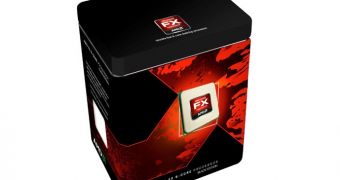Amidst attempts to rebuild stockpiles and less than stellar sales of DRAM, it looks like the worldwide supply of semiconductors ended up growing during the second quarter, in preparation for probable demand spikes.
The past half a year was a period during which the Semiconductor market mostly grew, though not all chip types ended up in a promising situation.
While NAND chips and central processing units (CPUs) ended up doing well, DRAM chips, apparently, did too well.
More specifically, oversupply has caused prices to drop to an abysmal level, something that still hasn't revived demand.
Nonetheless, overall things seem to be going in the right direction, for now at least, according to iSuppli.
The stockpile level for all semiconductor suppliers, not counting volatile memory, is expected top have risen to 81.5 days by the end of the second quarter (1.5% higher than Q1).
All in all, the industry is preparing for what it foresees will be an increase in chip demand during the third and fourth quarters.
“Increases in stockpiles during the first quarter reflect efforts by semiconductor suppliers to rebuild inventory for products that were in short supply during the capacity crunch of 2010,” said Sharon Stiefel, analyst for semiconductor intelligence at IHS.
“Suppliers also are moving to strategically build for the higher demand expected later this year. In a fortuitous stroke of good timing, semiconductor component manufacturers were able to take advantage of the reduced demand environment during the seasonally slow first quarter to build their stockpiles.”
It turns out that the disaster which hit Japan back on March 11 had a minimal effect on the ultimate status of the semiconductor industry, since disruption is only now making itself felt and inventories built up well during the January-June period, though manufacturers may still increase orders as a precaution.

 14 DAY TRIAL //
14 DAY TRIAL //